
A humanitarian catastrophe is currently unfolding in Bosnia’s northwest as hundreds of migrants are struggling to survive extreme winter conditions without adequate shelter in the burnt-down Lipa tent camp and, although the money to solve it is available, the lack of a political agreement between state-level and local authorities is preventing it, the head of the International Organisation for Migration (IOM), Peter Van der Auweraert, told N1 on Monday.
The Lipa camp was shut down because the migrants staying there had no access to electricity, running water or sewage. It also did not provide shelter from the extreme weather conditions in the winter.
That is why Bosnia's government, formally the Council of Ministers, approved last Monday an initiative to officially establish the temporary migrant camp ‘Lipa’, which would consist of adapted shipping containers able to house 1,500 migrants in the Bihac area.
However, according to the International Organisation for Migration (IOM), which ran the camp, the works cannot be conducted while the migrants are still there.
The BiH Security Ministry then asked authorities in the northwestern Una-Sana Canton (USK) to reopen the Bira migrant reception centre in the nearby town of Bihac.
Bira was shut down in late September due to pressure from the local population.
As migrants were leaving Lipa on Wednesday, a fire broke out in the camp and destroyed most of the tents.
USK authorities said they will not allow the transfer of the migrants to Bira, while locals in Bihac are patrolling the entrance to the centre saying they will block any attempts to accommodate migrants there.
Heavy snowfall made the situation worse on Saturday and now there is fear that people could start dying at Lipa.
Van der Auweraert said that there are currently some 8,000 migrants and refugees on the territory of BiH and about 5,000 of them are accommodated in migrant centres.
However, the problem is some 3,000 migrants who are “sleeping outside,” he said.
“We have 1,000 people more or less in Lipa, but we also have 1,500 to 2,000 people sleeping in abandoned buildings and makeshift camps in forests, mostly in Una-Sana Canton. And it’s for that last group that we urgently need to find solutions,” he said.
The IOM official said that, with the decision by the Council of Ministers, he thought “we had a political deal and a political consensus.”
“And we were ready to do everything to make that work but then, as the Minister of Security has pointed out, the authorities in USK said ‘no we don’t want Bira and this is why we are now in the chaos that we are in,” he said.
The role of IOM is to support local authorities and the international organisation “can not go to a building or to a field and declare that this is a migrant accommodation centre,” he said.
“For that, we need a decision from the state authorities and in practice also the agreement of the local authorities where that centre will be located so they don’t block the decisions that are taken by the state,” he explained.
“So it’s a very complicated process but at the end of the day we have the resources, we have the money, but we need a political decision and we need an agreement from the top down to the bottom to implement that political decision and this is what is missing and has been missing for the past couple of weeks and months,” he added.
There has been a lot of political pressure on BiH to find a solution for the migrants and avoid the humanitarian crisis, he said, noting that “even the EU commissioner in Brussels got involved, even to the level of detail of asking USK authorities to reopen Bira” and that the US Ambassador pointed out the issue, as well as the UN in several statements.
“To be honest at this point in time I really don’t know what more political encouragement we could provide or what more political pressure could put by anyone,” he said.
Van der Auweraert explained that when Lipa was opened it was intended to serve as a COVID-19 camp for migrants.
“It was very clear from the very beginning that if we wanted to turn Lipa into a permanent location, which was possible, and IOM actually had detailed plans on how we could move from a tent camp to a centre that was good for the winter, the only thing that we needed was to have that connected to the electricity grid and the water system,” he explained, adding that this is something that local authorities must do.
“I do not understand that during eight months nothing happened with this, and this is why we came to this situation, we could not stay in Lipa,” he said, adding that it was “the most difficult professional decision that I ever had to take, to pull out of a camp with 1,400 residents without having a solution for those people.”
“But I could not stay, because the camp was unsafe. We’ve seen what happens when it snows there. If I run a centre, I guarantee residents’ safety and humanitarian assistance. But I could not guarantee that,” he added.
He explained that the IOM has no interest in keeping Bira open in particular, but that there is no alternative solution currently.
The consequence is “that you have a hundred small ‘Biras’ around USK,” he said, referring to the makeshift camps that migrants set up across the area.
“I do not understand how that is in the interest of the local population. Isn't that worse than having 1,500 people in Bira controlled with movement restrictions?” he asked.
“There is only one solution in the very short term if we want to avoid people dying in USK. And it is to have alternative accommodation for about 3,000 people,” he said, adding that “we have a window of a couple of days to get that going” and that the funds for it are available.

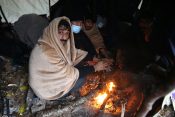
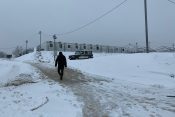

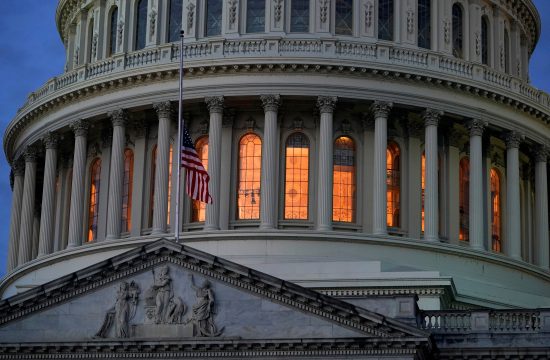
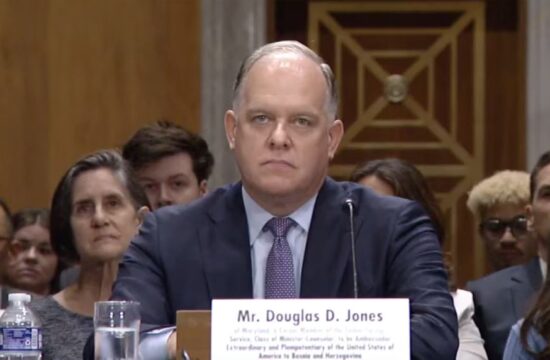
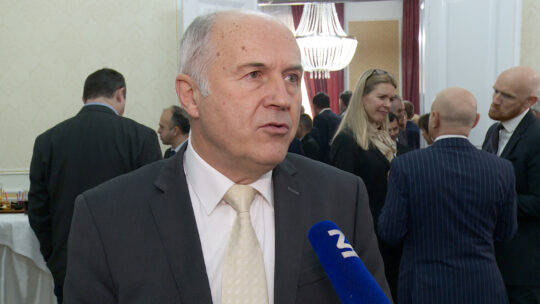
Kakvo je tvoje mišljenje o ovome?
Budi prvi koji će ostaviti komentar!